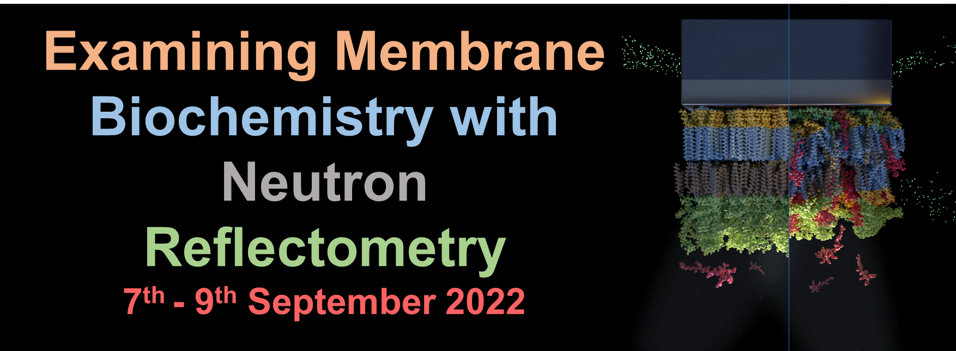Speaker
Description
Recent development of antimicrobial peptides (AMPs) has focused on the rational design of short sequences with less than 20 amino acids due to their relatively low synthesis costs and ease of correlating structure-function relationship. However, there remain gaps in our understanding of how these short cationic AMPs interact with bacterial outer and inner membranes and how these interactions underline their antimicrobial efficacy and dynamic bacterial killing. In this work, we have examined the membrane-lytic actions of three synthetic AMPs including G(IIKK)3I-NH2 (G3), G(IIKK)4I-NH2 (G4) and GLLDLLKLLLKAAG-NH2 (LDKA) and a natural AMP GIGAVLKVLTTGLPALISWIKRKR-NH2 (Melittin). The mechanistic processes of membrane damage and disruption strength of the four AMPs were characterized by both experimental measurements and molecular dynamics simulations. The combined studies revealed that G3 and G4 had higher antimicrobial efficacy and better membrane selectivity than Melittin and LDKA. Their distinctive antimicrobial actions arose from the dual actions of strong binding to outer and inner membranes and formation of intramembrane nanoaggregates. Furthermore, intramembrane binding and aggregation from all AMPs studied intensified as the ratio of peptide to lipid increased, but the most effective membrane insertion of G3 was well in line with its most efficient antimicrobial action.

